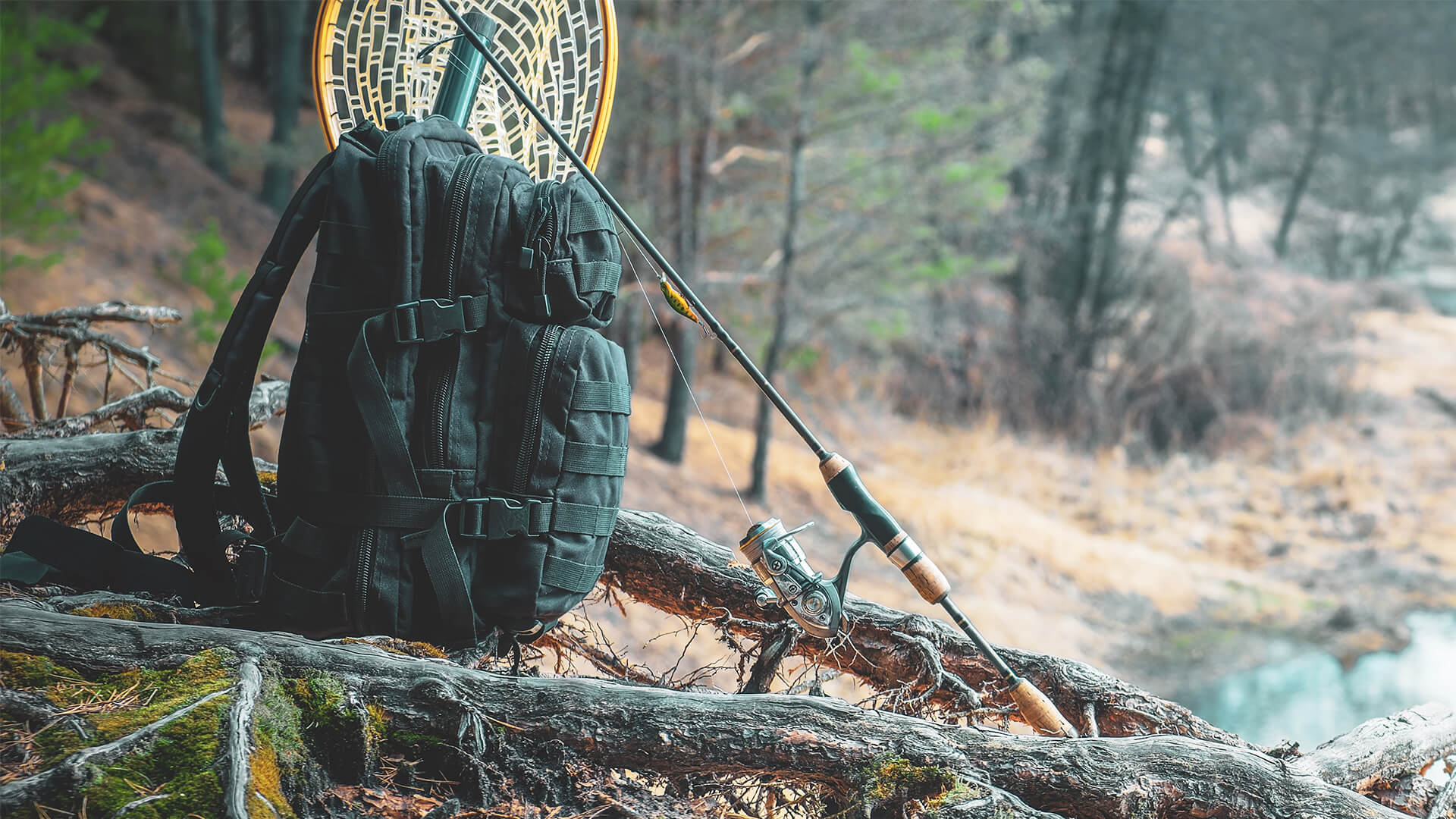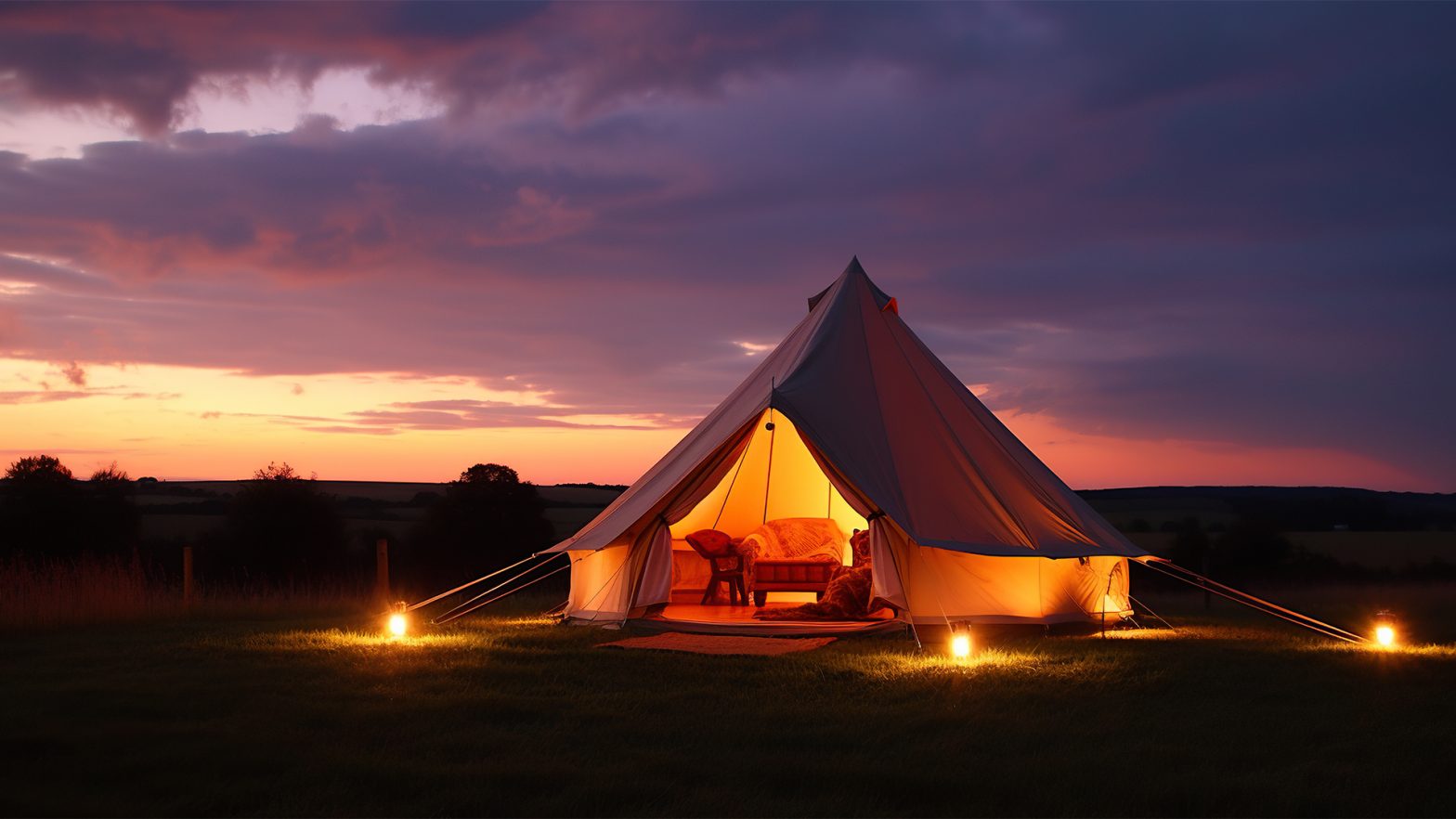
Fishing is a terrific way to get away from the town, decompress, and maybe catch some fish for supper. However, there are a few things you should have in your tackle box before hitting the water with your buddies. Below, you’ll discover a list of what most fishermen use, so you can have a better concept of how fishing works and what you’ll need to get started.
Fishing Rods
Fishing rods are long, slender poles constructed of flexible, durable material (usually fiberglass or graphite) that allow you to toss your fishing line longer and deeper into the water.
Their strength, reactivity, action (bending capabilities), and taper may all be used to classify them. You can also read a great review at https://adventurefishinggear.com/ and get an idea of what kind of fishing rod you need to choose. If you’re just getting started, choose a rod with medium strength so you can angle a variety of fish and easily feel when the fish bites and reel it in fast. A rod that is 11.8 inches longer than your height should be used.
Fishing Line
The fishing line is now available in a variety of materials and sizes. Larger diameter lines constructed of the same material are stronger than smaller diameter ones. Braided lines are strong and thin, fluorocarbon lines are abrasion-resistant and nearly undetectable underwater, and monofilament lines are light and stretchable.
In rough circumstances, thicker and stronger fishing lines are required, but in calm seas, thin and transparent fishing lines (such as braided lines) are preferred so that your fish do not escape.
Hooks
Apart from lines, you’ll need to consider buying a variety of fish hooks in order to capture fish of all sizes. These hooks are used to catch fish by sticking them in the mouth as they come in for a bite, however, they can also become lodged in the body of the fish.
A leader is pre-tied to snelled hooks, which the fisherman subsequently connects to a swivel snap. Gamakatsu hooks are sharp, sturdy, and long-lasting, and can be found in practically every tackle shop.
Bait
Bait is used to attract fish at the end of your fishing line. Live bait is typically the best solution. Different varieties of fish, on the other hand, are drawn to different sorts of food. You should be set with either worms or minnows, the two most frequent and efficient live baits. Corn, bread, marshmallows, or hotdog pieces are some more inexpensive possibilities.
Lures
Fishing lures are artificial baits that are meant to look like actual fish in order to attract a fish’s attention. For some anglers, the range of lures makes it simpler to target certain fish species and allows them to fish in a variety of climate and water settings.
Another great option is the whopper plopper, which is one of the most popular water lures. Cast it out, wait for the water to settle down once the lure touches the surface, and then begin reeling. You may need to add pauses or twitches or change the pace of the retrieval, depending on the situation. When a fish hits a water lure, there’s no mistake in it.
If you’re bass fishing, plastic worms, especially ones with long tails, are also quite effective. Many fishers vouch for specific hues of artificial lures, therefore they continue to use them.
Needle Nose Pliers
Needle nose pliers are great for removing hooks from your catch so you don’t have to risk being harmed by sharp teeth or the hook’s end. In the event of an accident, they may also be required to remove hooks from your flesh.
Tackle Bag
Finally, a nice bag to keep all of this stuff organized is crucial for every angler. Spiderwire makes a single shoulder bag large enough to store all of the goods listed above while being comfortable to carry all day. Being mobile is vital since you may need to shift locations frequently to catch the fish. When going up and down the river bank seeking the next nibble, you don’t want to have your hands full.
First Aid Kit
Everyone aspires for safe and pleasurable fishing experiences, but accidents sometimes happen. You’ll also need a simple first aid kit with you in case of minor accidents. Prepare a tiny kit containing bandages, small bandages, waterproof medical tape, and antibacterial lotion in case you’re scratched or punctured by a hook.
Walking down the aisles of a large retail store might be scary if you haven’t fished in a long time or if you’re a first-time angler eager to get started fishing. When it comes to fishing equipment, there appear to be an infinite number of alternatives, making it nearly hard to know where to begin without spending a fortune. While there are several approaches to preparing for your initial excursion to the water, these suggestions will assist you in having a memorable and enjoyable fishing experience.











































